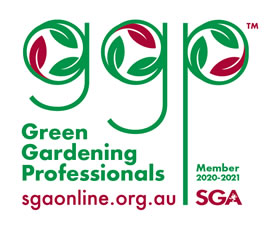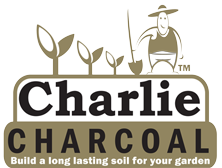| Shopping cart is empty. |
Get Growing Today!
OPEN 6 DAYS
Monday - Saturday 8.30am - 4.00pm
Closed Sundays


















© 2024 Green Life Soil Co., 166 Wilson Road,
Middle Swan, Perth, WA (ABN: 56 509 847 119) - Tel: 08 9250 4575
- Try Sand Remedy, turns Sand into Soil, Naturally!







